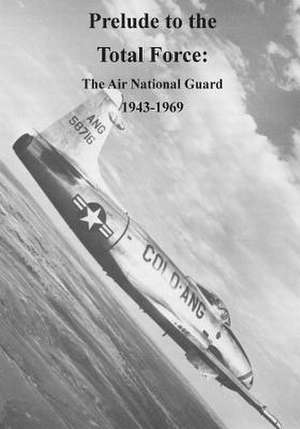Prelude to the Total Force
Autor Office of Air Force History, Us Air Forceen Limba Engleză Paperback
Preț: 121.95 lei
Nou
Puncte Express: 183
Preț estimativ în valută:
23.33€ • 24.43$ • 19.31£
23.33€ • 24.43$ • 19.31£
Carte disponibilă
Livrare economică 15-29 martie
Preluare comenzi: 021 569.72.76
Specificații
ISBN-13: 9781508659938
ISBN-10: 1508659931
Pagini: 268
Dimensiuni: 178 x 254 x 14 mm
Greutate: 0.47 kg
Editura: CREATESPACE
ISBN-10: 1508659931
Pagini: 268
Dimensiuni: 178 x 254 x 14 mm
Greutate: 0.47 kg
Editura: CREATESPACE
